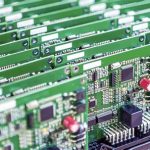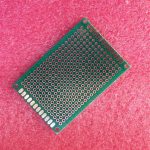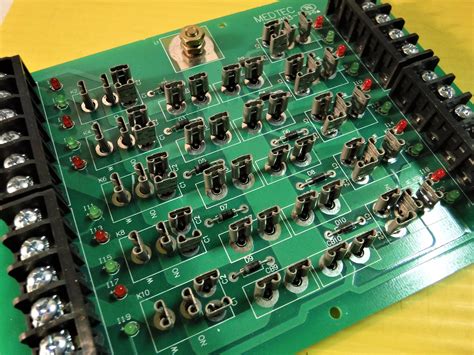
Blog
-
 Read more: A comprehensive guide to improve automotive PCB design!
Read more: A comprehensive guide to improve automotive PCB design!Introduction to Automotive PCBs Automotive printed circuit boards (PCBs) are essential components in modern vehicles, controlling and connecting various electrical systems. As vehicles become more advanced and reliant on electronics, the demand for high-quality, reliable automotive PCBs continues to rise. Designing PCBs for automotive applications presents unique challenges due to […]
-
PCB BOX BUILD ASSEMBLY SERVICE
Posted by
–
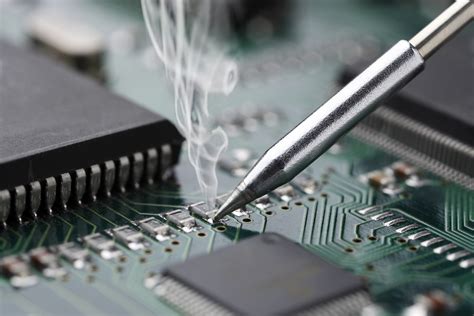 Read more: PCB BOX BUILD ASSEMBLY SERVICE
Read more: PCB BOX BUILD ASSEMBLY SERVICEIntroduction to PCB Assembly Printed Circuit Board (PCB) assembly is a crucial process in the electronics manufacturing industry. It involves the placement and soldering of electronic components onto a PCB to create a functional electronic device. PCB assembly services are essential for businesses that require high-quality, reliable, and cost-effective electronic […]
-
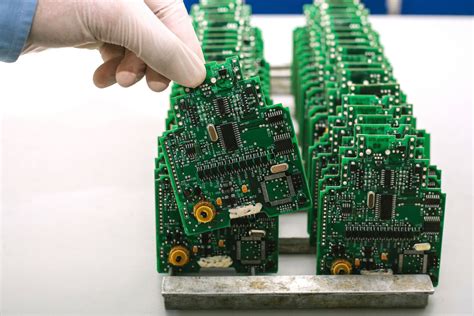 Read more: Top Manufacturing Factors That Affect the Cost of Custom PCB Assembly
Read more: Top Manufacturing Factors That Affect the Cost of Custom PCB AssemblyPCB Design Complexity One of the most significant factors influencing the cost of custom PCB assembly is the complexity of the PCB design. The more intricate and demanding the design, the higher the manufacturing costs will be. Number of Layers The number of layers in a PCB directly affects its […]
-
Top Must Know Tips for OEM PCB Manufacturer!
Posted by
–
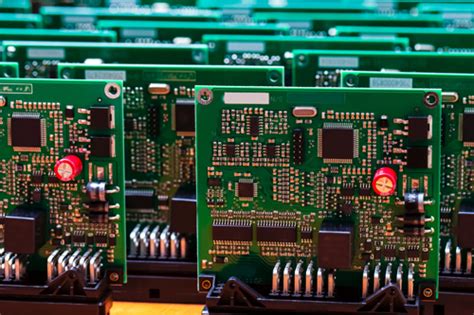 Read more: Top Must Know Tips for OEM PCB Manufacturer!
Read more: Top Must Know Tips for OEM PCB Manufacturer!Understanding the PCB Manufacturing Process Before diving into specific tips, it is crucial to have a thorough understanding of the PCB manufacturing process. The process typically involves the following steps: Design and Layout Material Selection Fabrication Assembly Testing and Inspection Packaging and Shipping Each step requires careful planning, execution, and […]
-
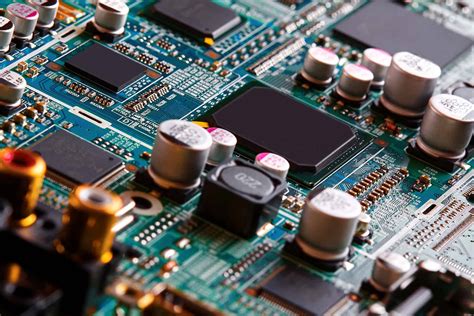 Read more: Save Time and Energy by Keeping up with Technology and PCB Manufacturing Trends
Read more: Save Time and Energy by Keeping up with Technology and PCB Manufacturing TrendsIntroduction Printed Circuit Board (PCB) manufacturing is a rapidly evolving industry driven by advancements in technology and changing market demands. Keeping up with the latest PCB Manufacturing Trends is essential for companies looking to stay competitive, reduce costs, and improve product quality. In this article, we will explore some of […]
-
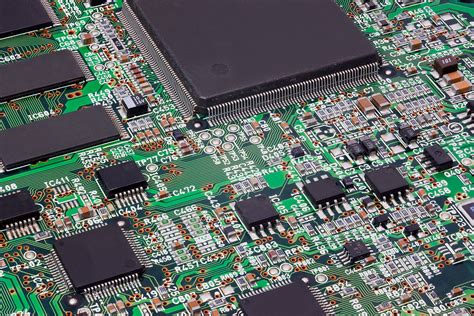 Read more: Steps to a successful PCB assembly for efficient PCB prototyping and production
Read more: Steps to a successful PCB assembly for efficient PCB prototyping and productionIntroduction Printed Circuit Board (PCB) assembly is a crucial process in the manufacturing of electronic devices. It involves the placement and soldering of various components onto a PCB to create a functional circuit. The success of a PCB Assembly project depends on several factors, including the design of the PCB, […]
-
How pcb layout and PCB assembly is setting a new trend of electric vehicle charging stations
Posted by
–
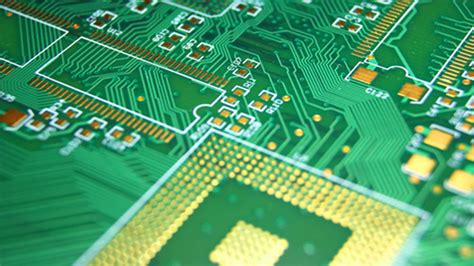 Read more: How pcb layout and PCB assembly is setting a new trend of electric vehicle charging stations
Read more: How pcb layout and PCB assembly is setting a new trend of electric vehicle charging stationsIntroduction The rapid growth of the electric vehicle (EV) market has led to an increased demand for efficient and reliable charging infrastructure. As a result, the design and manufacturing of printed circuit boards (PCBs) for EV charging stations have become crucial in meeting this demand. PCB layout and PCB assembly […]
-
Top power supply PCB assembly guidelines!
Posted by
–
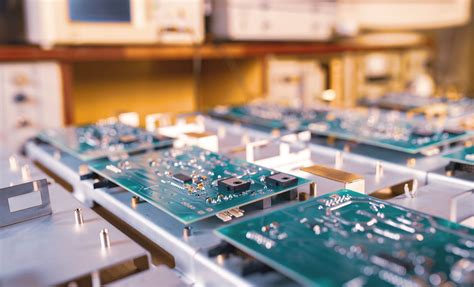 Read more: Top power supply PCB assembly guidelines!
Read more: Top power supply PCB assembly guidelines!Introduction to PCB Assembly for Power Supplies PCB assembly is a critical process in the manufacturing of power supplies. The quality and reliability of the assembled PCB directly impact the performance and longevity of the power supply unit. In this comprehensive guide, we will discuss the top guidelines for ensuring […]
-
Questions & Answers on PCB Fabrication
Posted by
–
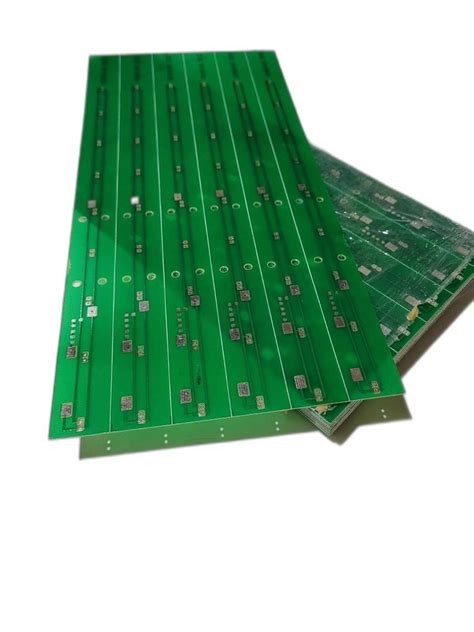 Read more: Questions & Answers on PCB Fabrication
Read more: Questions & Answers on PCB FabricationWhat is PCB Fabrication? PCB fabrication is the process of manufacturing printed circuit boards (PCBs) that are used in various electronic devices. The process involves several steps, including designing the circuit, creating the PCB layout, printing the circuit onto the board, and assembling the components onto the board. The PCB […]
-
Wave Soldering PCB Assembly Companies
Posted by
–
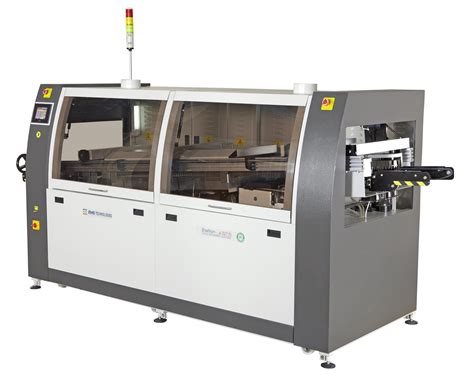 Read more: Wave Soldering PCB Assembly Companies
Read more: Wave Soldering PCB Assembly CompaniesWhat is Wave Soldering? Wave soldering is a bulk soldering process used in the production of PCBs. In this process, a PCB is passed over a molten solder wave, which solders the electronic components to the board. The solder wave is created by pumping molten solder through a nozzle, forming […]
